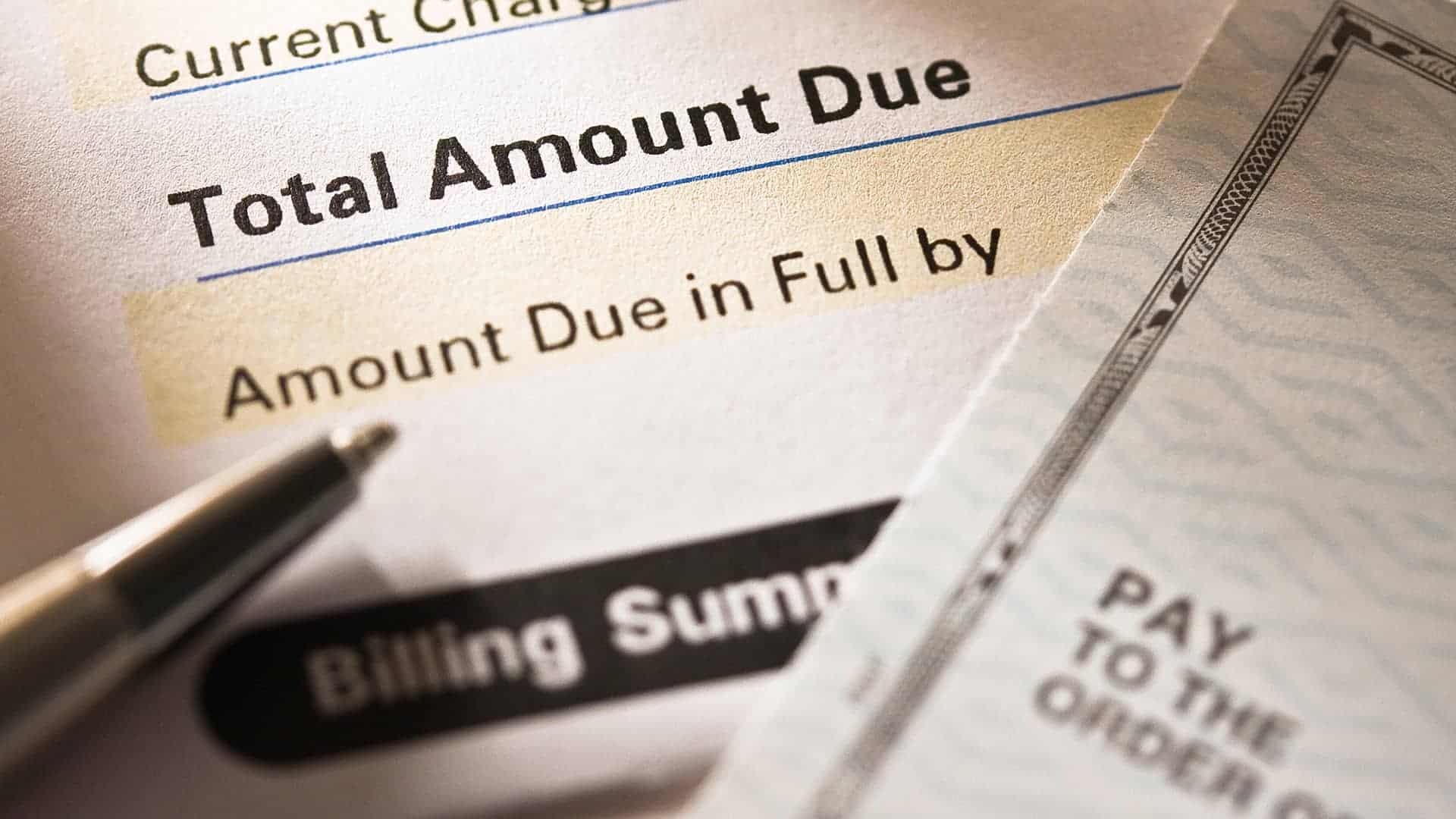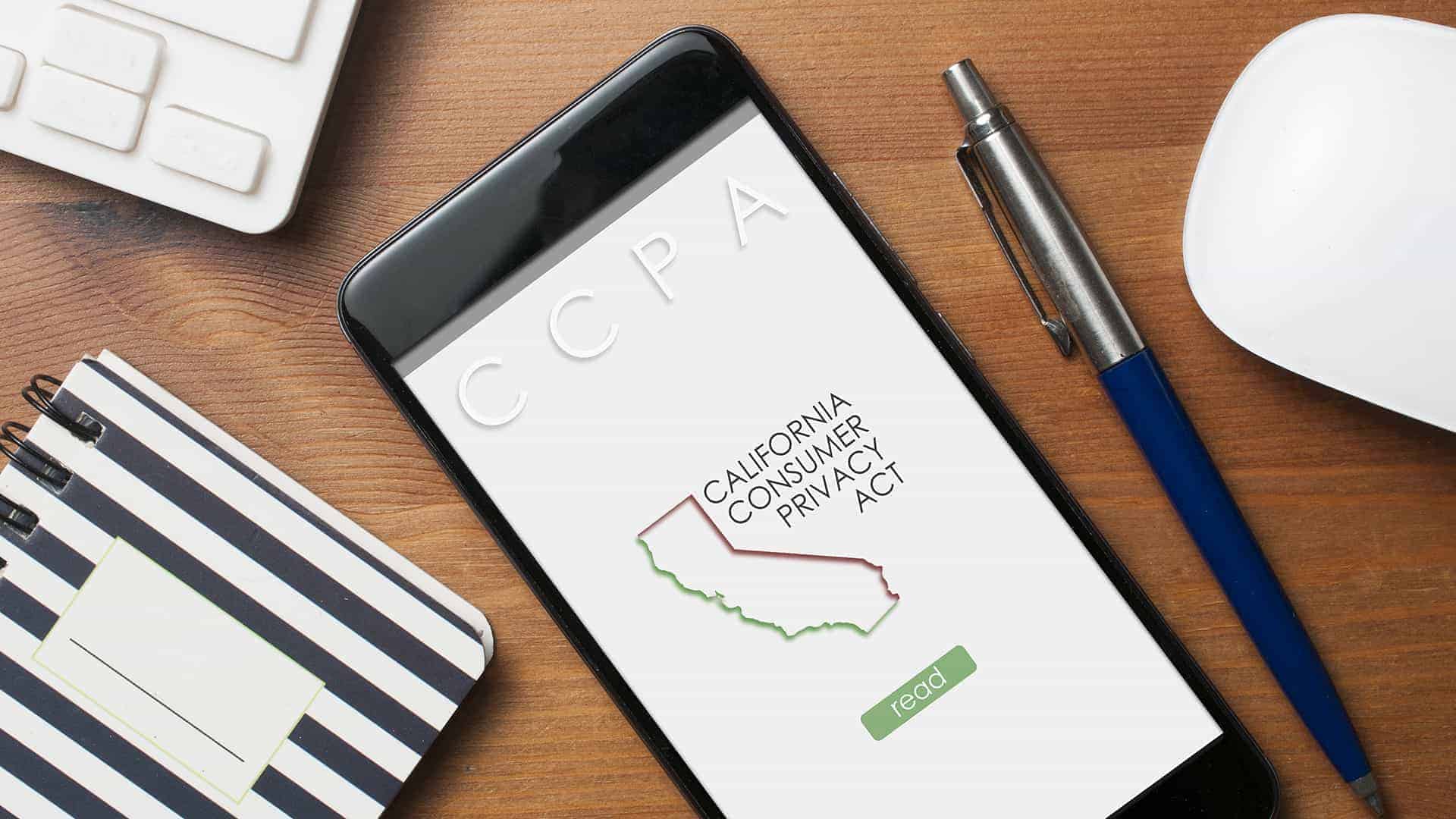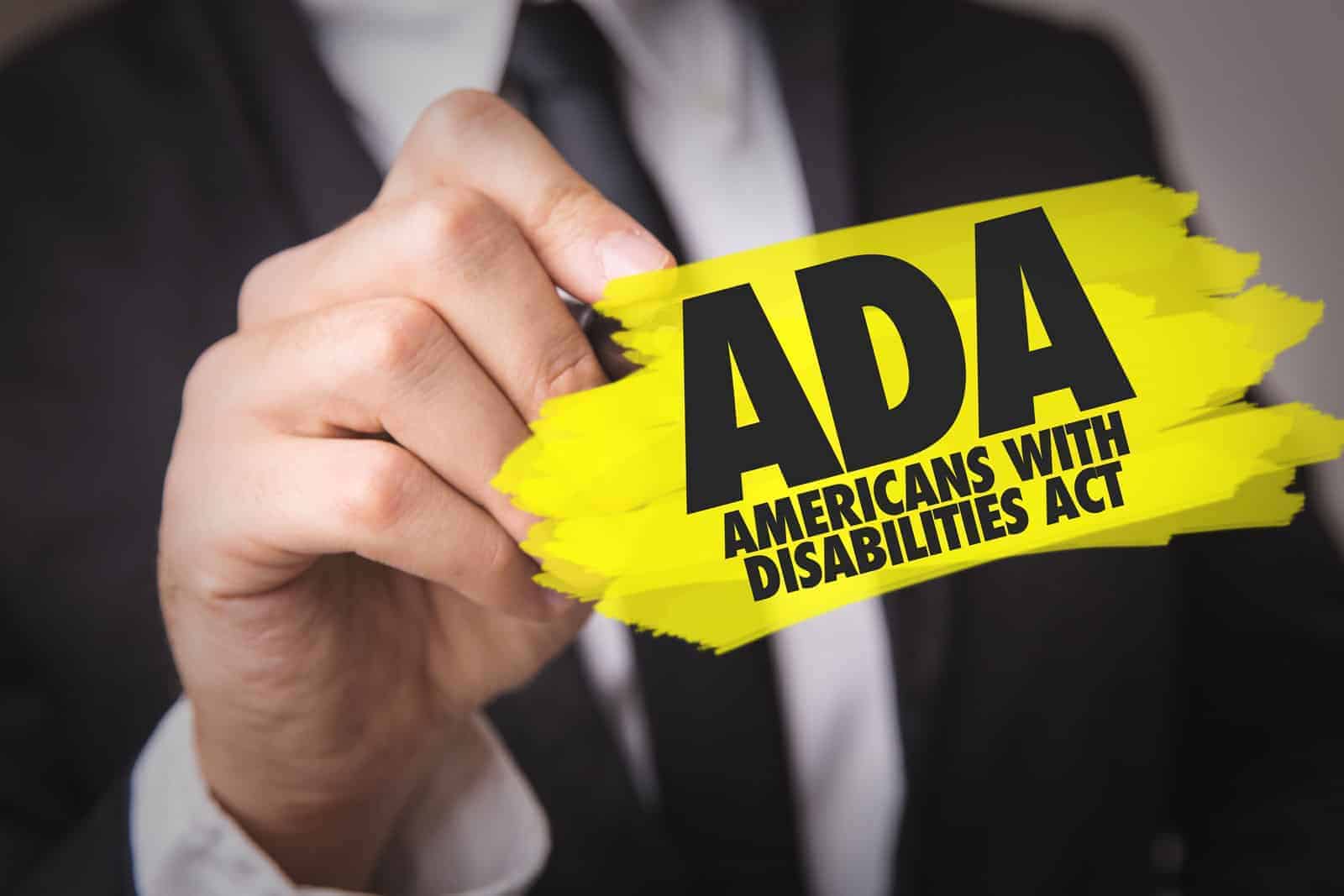
7th Cir. Holds No FDCPA Violation for Naming Current Creditor as ‘Original Creditor’
The U.S. Court of Appeals for the Seventh Circuit recently affirmed two trial court rulings in favor of a debt collector and against the debtors holding that correspondence which identified “the name of the creditor to whom the debt is owed” as the original creditor instead of the current creditor did not violate the federal Fair Debt Collection Practices Act because it accurately disclosed the only creditor to whom the debtors owed their debt sufficient for the unsophisticated consumer to understand.
A copy of the opinion in Smith v. Simm Associates, Inc. is available at: Link to Opinion.
In both cases, a debt collector sent correspondence to the debtor providing the name of the “original creditor” (“owner”) and the more familiar commercial name of the entity to whom the debtors made their payments (“vendor”).
The debtors had accounts with the vendor, but the owner was “the owner of the debt on those accounts.” The correspondence also noted that upon request the debt collector would provide “the name and address of the original creditor, if different from the current creditor.”
In separate suits, the debtors sued the debt collector on behalf of themselves and a putative class of similarly situated persons, alleging that the correspondence violated section 1692g(a)(2) of the FDCPA, 15 U.S.C. § 1601 et seq., because it did not identify the name of the creditor to whom the debt is currently owed.
In each case the trial court granted summary judgment because the letter complied with section 1692g(a)(2) and disclosed the creditor to whom the debt is owed by including the name of the original creditor, and also disclosing the vendor that consumers would be familiar with so even the unsophisticated consumer would recognize the debt.
This consolidated appeal followed.
The Seventh Circuit identified the only question present in the appeal as whether the debt collector’s letters “identify the creditor to whom their debt is owed in a manner clear enough for an unsophisticated consumer to understand.”
As you may recall, section 1692g(a)(2) requires a debt collector to include in its initial communication to the debtor “the name of the creditor to whom the debt is owed.” 15 U.S.C. § 1692g(a)(2). Although the statute does not specify the exact terminology the debt collector must use to accomplish this task, the information must be sufficiently clear so “that the recipient is likely to understand it.” Janetos v. Fulton Friedman & Gullace, LLP, 825 F.3d 317, 321 (7th Cir. 2016).
In evaluating compliance with this section of the FDCPA, the Seventh Circuit views the alleged violation “through the objective lens of an unsophisticated consumer who, while ‘uninformed, naive, or trusting,’ possesses at least ‘reasonable intelligence, and is capable of making basic logical deductions and inferences.’” Thus, the debt collector must present the information “about the creditor and the debt in the manner the unsophisticated consumer can understand.”
As there was no dispute that the debtors had accounts with the vendor and that the correspondence accurately described the owner, the debtors argued that referring to the owner as the “original creditor” instead of the “current creditor” did not meet the requirements set forth in Janetos because an unsophisticated consumer might believe that they currently owe the debt to a different creditor than the original creditor. The debt collector responded that it complied with the FDCPA by identifying the owner as the creditor and that it adhered to the spirit of the FDCPA by using the commercial name of the vendor to help consumers recognize their debt.
The Seventh Circuit held that the correspondence properly communicated information to the debtors about the creditor of their debt in a way that the unsophisticated consumer would understand because the correspondence only identifies one creditor and also provides the commercial name of the vendor “to which the debtors had been exposed, allowing the debtors to easily recognize the nature of the debt.”
Although the letter refers to the owner as the “original” instead of the “current” creditor, “the FDCPA does not require use of any specific terminology to identify the creditor.” The letter is not confusing because it does not identify any creditor besides the owner.
The Seventh Circuit also reasoned that because the correspondence notified the debtors that they may request the original creditor’s name if it differed from the current creditor’s name, it alerted the debtors that “the original and current creditor may be the same.”
The Court held that the correspondence did not violate the FDCPA because it did not “contain a word that is absent” from the FDCPA and “which no court has ever determined must be contained in a collection letter.”
Even though it did not use the word “current,” the correspondence provided consumers with “a whole picture of the debt” by “identifying the creditor to whom the debt is owed as well as the commercial name the consumer is more likely to recognize,” This practice, the Court held, “provides clarity for consumers; it is not abusive or unfair and does not violate § 1692g(a)(2).”
Thus, the Seventh Circuit affirmed the trial courts’ rulings.
This article courtesy of Maurice Wutscher’s Consumer Financial Services Blog and was written by Ernest P. Wagner.






